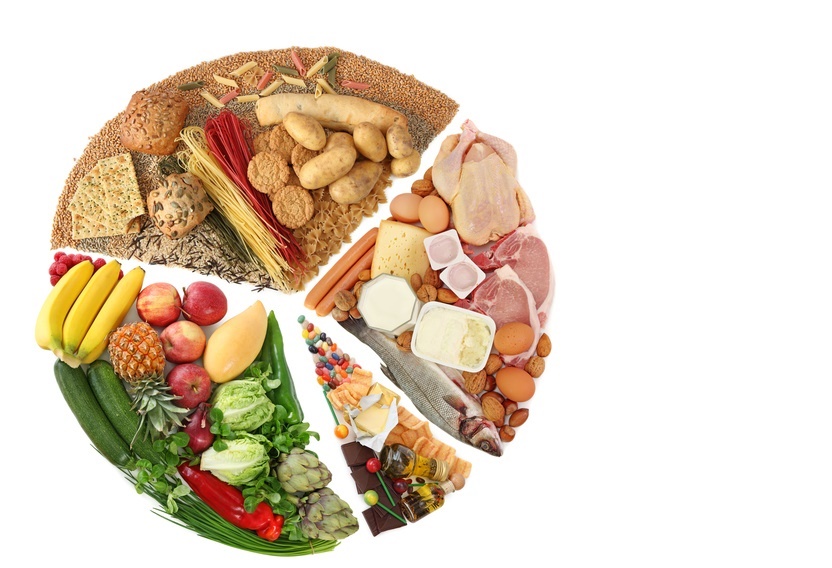Ahlian Jian Insights
Exploring the latest trends and news in various fields.
Eat Your Way to Bliss: The Delicious Secret of a Balanced Diet
Unlock happiness through food! Discover the delicious secrets of a balanced diet that can transform your mood and wellbeing.
10 Nutrient-Packed Foods to Elevate Your Mood
When it comes to enhancing your mood, nutrient-packed foods play a crucial role. Here are 10 foods you should consider incorporating into your diet:
These nutrient-packed foods not only support physical health but also contribute to mental well-being. For example, fatty fish like salmon are rich in omega-3 fatty acids, which have been linked to lower levels of depression. Similarly, dark chocolate is known to increase endorphin levels, providing a feel-good factor. Incorporating these foods into your daily meals can substantially elevate your mood and overall quality of life.

The Science Behind Comfort Foods: Are They Really Comforting?
Comfort foods are often defined as nostalgic dishes that provide us with a sense of emotional relief and well-being. The science behind these comfort foods lies in their ability to trigger positive memories and feelings, largely through the release of dopamine and serotonin in the brain. According to a study published in the National Institutes of Health, the emotional satisfaction from eating these foods can stem from personal associations, often tied to family traditions or childhood experiences. Foods such as macaroni and cheese, chocolate, and chicken soup exemplify this phenomenon, as they often evoke a sense of safety and warmth.
Moreover, the ingredient composition of many comfort foods plays a significant role in their comforting effects. Many comfort dishes are high in carbohydrates and fats, which can lead to a temporary feeling of satiety and happiness. However, it's important to consider the psychological aspects as well. A Psychology Today article explains that these foods not only satisfy hunger but also fill emotional gaps, serving as a way to cope with stress or anxiety. Understanding the science behind our cravings for comfort food can help us make informed choices around our eating habits.
How to Create a Balanced Plate: Tips for Everyday Eating
Creating a balanced plate is essential for ensuring that you receive the necessary nutrients for optimal health. A well-balanced meal typically includes a variety of food groups: fruits, vegetables, whole grains, lean proteins, and healthy fats. Aim to fill half your plate with fruits and vegetables, as these are rich in vitamins, minerals, and fiber. You can follow the Dietary Guidelines for Americans as a guideline to help allocate your plate. Here’s a quick breakdown of how to portion your meals:
- Fruits: 1/4 of your plate
- Vegetables: 1/4 of your plate
- Whole Grains: 1/4 of your plate
- Proteins: 1/4 of your plate
In addition to portions, consider the quality of the foods you choose. Opt for whole, minimally processed foods whenever possible. Incorporating a variety of colors on your plate not only makes your meal visually appealing but also ensures a wider range of nutrients. For example, dark leafy greens, bright oranges, and deep reds can offer different health benefits. Don't forget to include healthy fats, such as avocados or nuts, in moderation to support heart health. Remember, maintaining a balanced approach to eating will not only enhance your health but also promote a sustainable lifestyle.